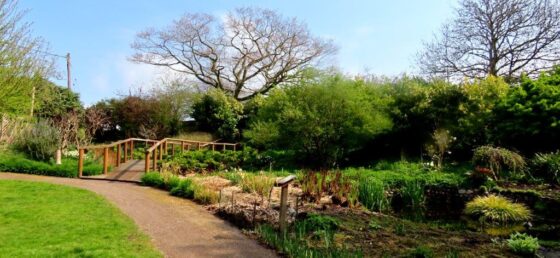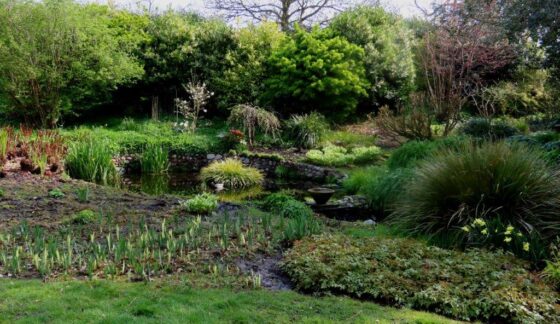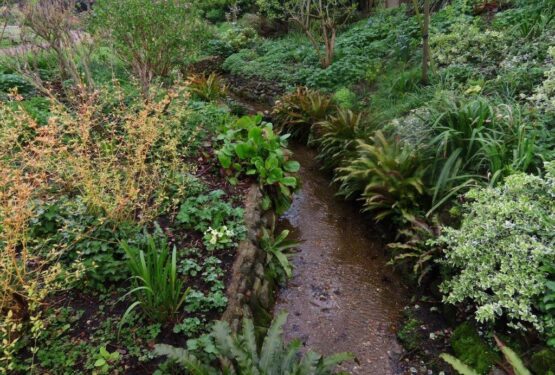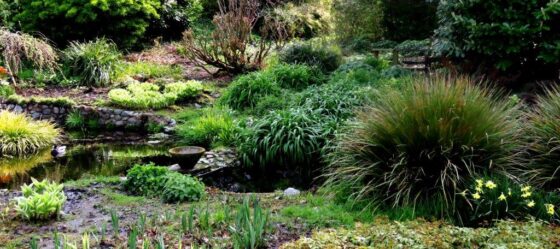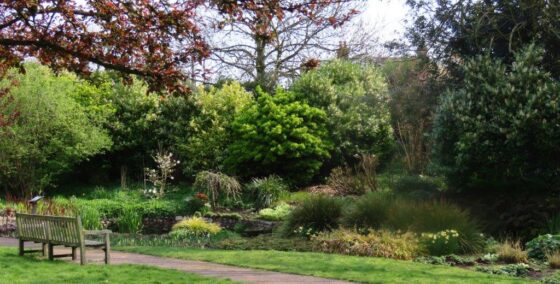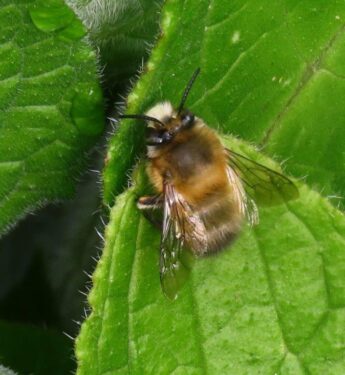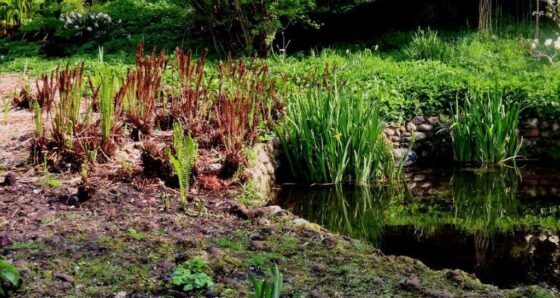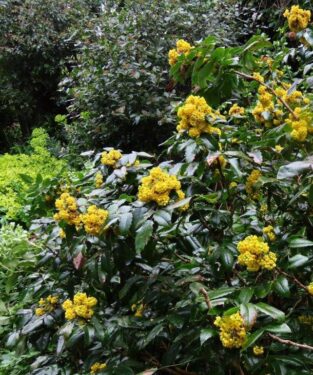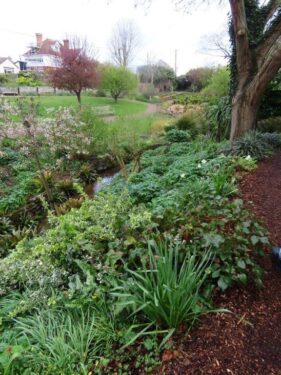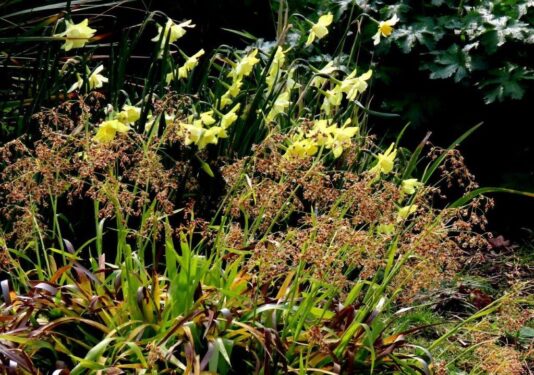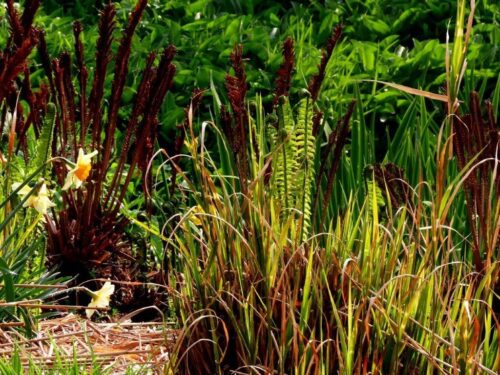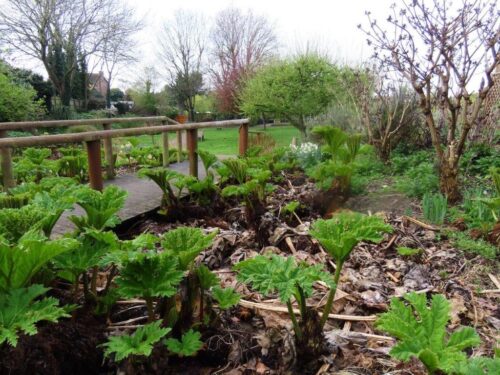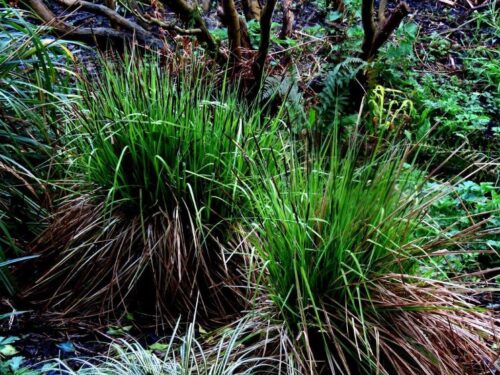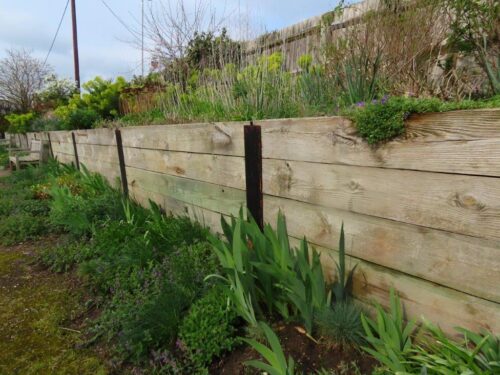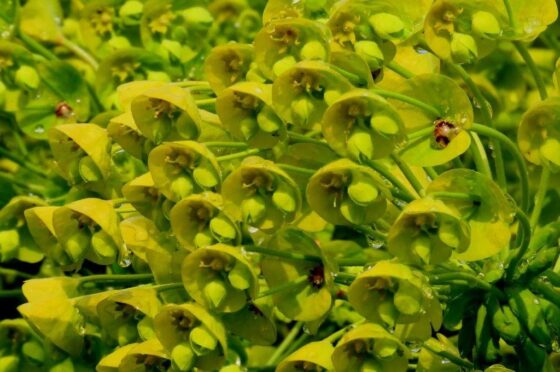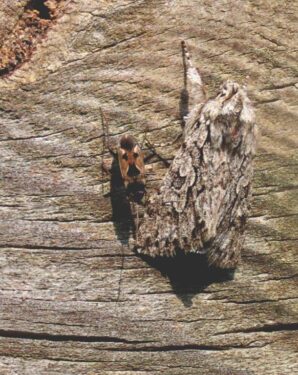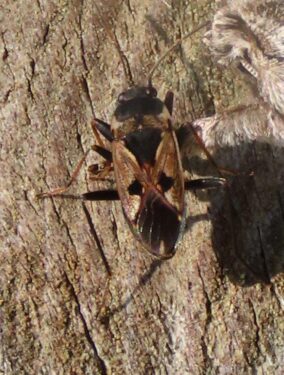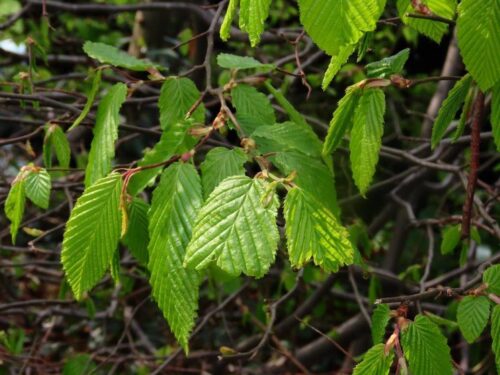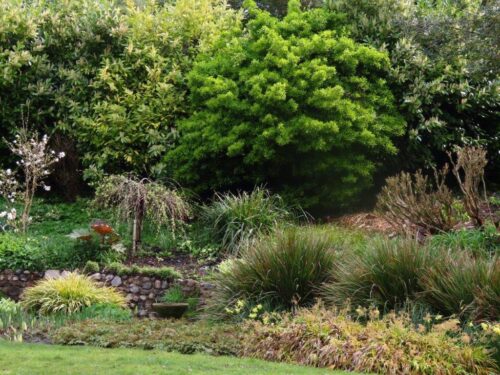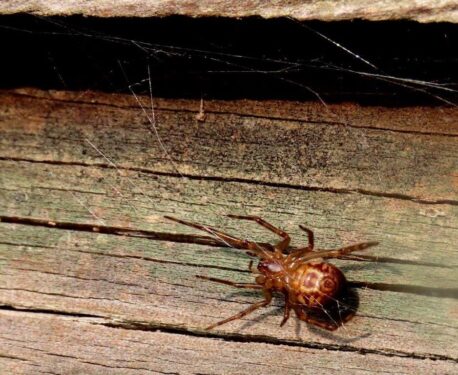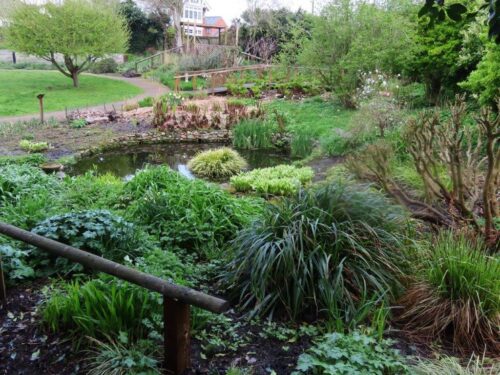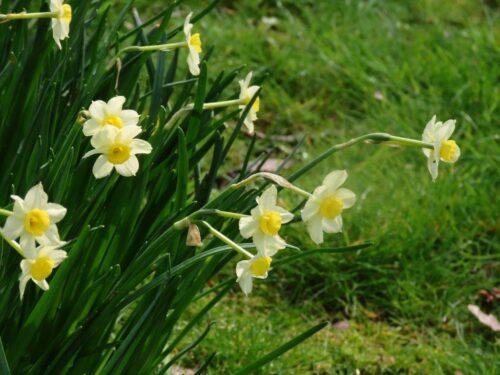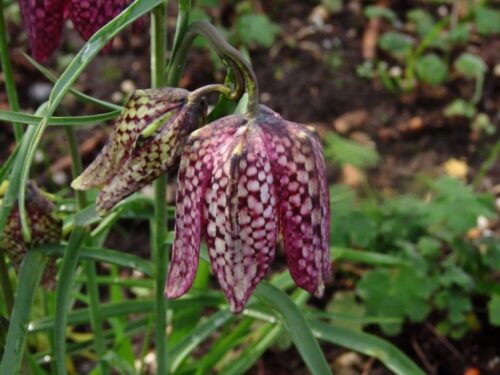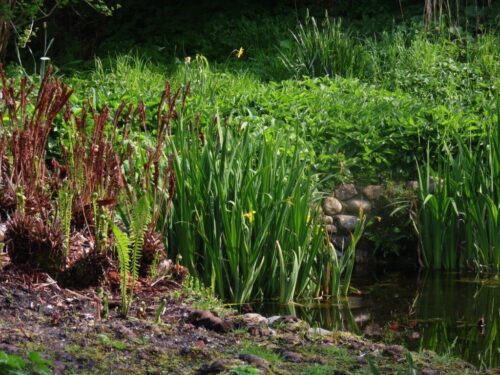Today, we were invited along to Springmead Garden in Brightlingsea to talk about Wildlife Gardening with Julie Ford, the Head Gardener and a group of local people. It was my second, and Jude’s first, visit to this delightful secret garden in the heart of Brightlingsea.
As soon as we entered the garden, leaving the noise of the busy road behind, the importance of this green space became apparent with Chiffchaff, Dunnock, Wren, Blue Tits and Robins in song, along with Blackbird and Song Thrush singing from the nearby trees, a Greenfinch wheezing and House Sparrows chirruping merrily. Embraced in the songs of the wild, we could ignore the threatening rain … and then the sun came out! Sheer bliss!!
The garden straddles the geological interface between London Clay and Thames sands and gravels, the point at which groundwater starts to move sideways not downwards, and emerges as a spring. The clue is in the name! Very close to the site of a villa, the Roman occupants clearly knew a thing or two and settled with an assured supply of fresh water in their front garden.
Subsequently forming the garden of one Captain Wenlock, he gifted this gem to the people of Brightlingsea. And after a period of neglect, since 2001 the Springmead Trust has lovingly restored it into its current shape.
If we had been asked there to give masterclass in wildlife gardening, well our services were really not needed. Julie and her volunteers have done pretty much everything we could have recommended. No pesticides (poisons); plants left untrimmed overwinter in order to shelter beneficial insects, like ladybirds (greenfly-munchers); plants that some consider weeds like Red Dead-nettle unweeded, encouraged even, for what they provide to nature (today, along with Nepeta, feeding hordes of Hairy-footed Flower-bees). Even the lawn, in too many places a pampered, poisoned green carpet, here it is springy and tussocky – and with luck it will be allowed to provide for our Spring insects in No Mow May.
As Beth Chatto taught us gardeners decades ago, the secret of gardening success in a sustainable manner is ‘Right Plant, Right Place’: planting according to conditions produces happy plants that survive and thrive without copious, costly, ecologically destructive inputs of pesticide, fertilizer, peat and water.
Taking that to the next level, the secret of wildlife gardening is to ensure that Right Plant, Right Place extends to the ‘right plant’ being right for insects (especially providing pollen and nectar) which then go on underpin the food chains which result in the chorus of birdsong that welcomed us in.
But this is still a garden. It is obviously cared for, with no sign of the 20th century neglect. It is not just trying to create a pastiche of our countryside with plantings of native species. Natives and non-natives are mixed in all their multicultural glory, and almost all are of wildlife value – no blowsy, multi-petalled forms which promise everything to our native insects but deliver nothing.
The right plants are in the right places. By the spring, boggy conditions are home to Gunnera, irises, sedges and Shuttlecock Ferns…
…whereas on the higher, sandier ground it is Mediterranean herbs like Rosemary and Lavender, acid-green splashes of Euphorbia wulfenii and many, many more. All of which point the way to the future of gardening, the necessity for waterwise planting in the face of rampant climate collapse.
As naturalists, we were so pleased to see and hear the range of wildlife in the garden. And not just the commonplace – potentially some rare and interesting things as well. As is her wont, and near-magical skill, Jude spotted a practically invisible Early Grey moth, which as I focussed was photobombed by a bug. Subject to confirmation, this could be a critter called Rhyparochromus vulgaris, a rare recent arrival in Essex. [Confirmation of this identification has now come from i-record. According to the Essex Field Club map, this is only the second record for North Essex, the first also being in the Brightlingsea/Alresford Creek area in 2018].
After a splendid hour in an uplifting location, we will certainly be back. Not least because Jude immediately signed up as a Friend of Springmead Garden (only £5). Go along there (it is free!), enjoy, and perhaps you will do the same, maybe buying some of the wildlife-friendly plants propagated on site as well… And to add to the temptation, here are a few more photos demonstrating the beauty and interest of this spot, the green heart of Brightlingsea.
